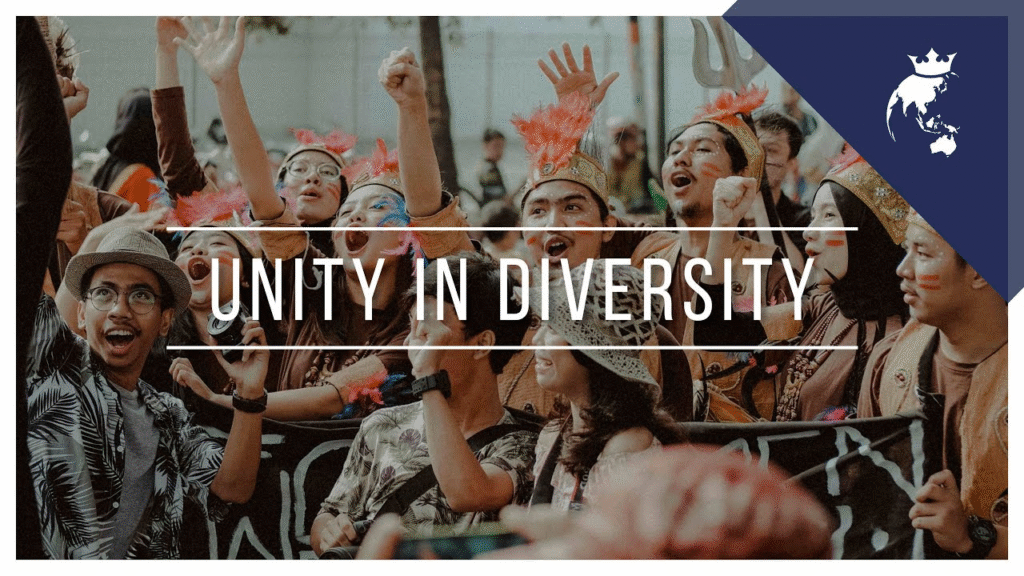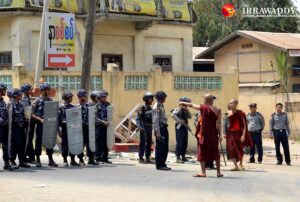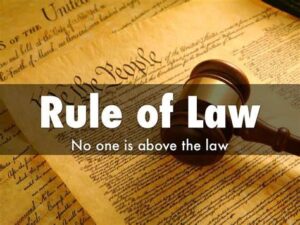Satirical Reflection: Everyone’s Got Mixed Blood — So Let’s Stop Pretending
From Myanmar Muslims News Network (MMNN)
They say we’re “mixed blood.” Well, guess what? So is everyone else!
If the Department of Purity and Pedigree i.e. Myanmar Immigration, ever knocks on your door, don’t panic. Just take a light-hearted look back through Myanmar’s colorful, tangled, gloriously blended history:
Let’s start with King Anawrahta. That fearless warrior who unified the country? Likely had some “foreign flavor.” After all, his generals including Kyansittha were already intermixing with everyone from the Bay of Bengal to the foothills of the Himalayas. Byatwi, Byatta, Shwe Byin brothers etc., Thailand, Bengal, Arabia, India, Persia? You name it — they all contributed.
Fast forward to the Toungoo Dynasty. The royals were accepting Portuguese ambassadors and armies — and possibly their children too. If Buddha relics were the prize, Tamil warriors were part of the shipping cost.
Our famous poet and hero King, Nat Shin Naung’s time had accepted and mixed with Portugees and don’t forget that he had even converted to Christianity.
By the time King Bayinnaung and the royal crew got around to expanding the empire, some Thai, some Mon, and maybe even some Portuguese made their way into the palace — along with their languages, food, and yes… their bloodlines.
The Royal household from the King, the queen, prince, princess and Artists were captured and brought back to central Burma. Burma got ‘Ten Flowers’ or the art forms of Myanmar culture Blacksmith, Goldsmith, Sculpture, Painting etc. were mostly brought in with them. Burmese literature, old classic poems, songs, clothing etc were from Thai.
In Arakan, during its golden age, the kings themselves were handing out Persian and Arabic titles, printing coins with Islamic calligraphy. Who says cross-cultural love stories don’t last?
Move on to the Konbaung era and Mandalay: The Mahamuni Buddha image came westward with a parade of mixed-blood protectors, scholars, and soldiers: Kamans and Rohingyas. The famous Mosque near Mahamuni Buddha wasn’t named for fun but was literally the mosque of royal descendants Kaman archers.
Yunan Chinese Muslims and Han Chinese also migrated since early history and intermarriage with locals. Last Yunan Sultan General Nasarudin’s General Mar Tutu had built the Panthay Masjid in Mandalay and his dependents and relatives are still staying nearby in Panthay Quarters.
Colonial times? Oh, buckle up. With the British came Hindus, Muslims, Anglo-Indians, Jews, and Eurasian kids with names like Henry Hla and Mary Mehmood. Churches and mosques sprang up alongside tea shops and grammar schools. We wore longyis with waistcoats and prayed five times a day under a steeple. Even parents-in-law were proud to call their son-in-law as ‘SIR’ or ‘My Lord’.
World War II? Even more spices. Japanese, Turkhs, Tartars, Gurkhas, Tamil troops, and Chin fighters marched side by side — and sometimes fell in love. The result? An alphabet soup of surnames and temple dedications. When the Japanese Masters abruptly left Burma, numerous pregnant Burmese wives were left behind, just saying “Sayonara” with tears flowing down the cheeks.


And today? If you think your neighbor is “pure,” just check your family album. Look at the sharp or flat nose, darker skins or yellow tinge skins, hairy body, beards or whole body hairlessness whole body or very tall or short stature may hint you your ancestorial blood linage. Chinese grandmothers in Kachin kitchens. Indian uncles in Mon monasteries. Shan merchants with Bamar wives and Rohingya cousins.
Kuomintang Chinese had left their mixed blooded descendants with Ethnic Minorities across the Shan State. Most of them became proud Full blooded Myanmar citizens. Mixed with Wa, Kokant, Shan etc. And Some states at the Chinese border just use Chinese language, money, TV, Internet, newspapers etc.

Hmon Wun Myanmar was the latest edition added by General Thein Sein.
Pashus and Moken had Malay, Indonesia and Thai blood.
We are all living, breathing history. Multilingual, multicultural, multi-faith — and yes, beautifully, joyfully, undeniably mixed blood.
So, the next time someone calls you “kalar” or questions your “bloodline,” just smile. Offer them a snack from your diverse kitchen. And remind them:
Purity is a myth. But unity? That’s our real heritage.
Let’s embrace who we really are — every strand, every shade, every spice.

MMNN – Myanmar Muslims News Network
www.myanmarmuslim.news





